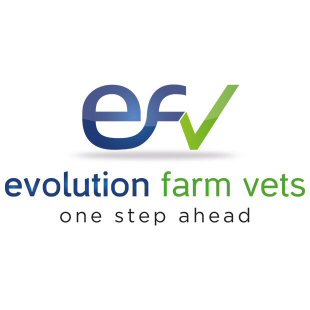Left displacement of the abomasum (LDA) is the most common condition involving the abomasum of cattle. It is seen more often through late winter and early spring (the time when most cattle are housed in the UK) but can occur at any time of year. The abomasum usually lies on the right side of the abdomen, quite low down and behind the last rib. An LDA is when the abomasum slides out of its usual location; usually it slides to the left of the abdomen and comes to lie between the rumen and the body wall. Food and gas cannot move out of the abomasum, meaning it swells with gas and can be heard as a 'ping' through a stethoscope when the abdomen wall is flicked. The gas produced traps the abomasum in the wrong place, so it can't move back to its usual position. No genetic predisposition has been determined, but it is known that higher yielding milking cows are at greater risk, especially early on in their lactation period. The exact cause of LDAs has not been determined but factors that increase the risk of a cow developing an LDA include
- pregnancy - as the foetus grows and takes up more space, it may displace the abomasum out of its usual location. Normally the abomasum slides back after the calf is delivered, but failure to do so can cause problems
- feeding rapidly fermentable concentrate feed, which is associated with development of acidosis
- damage to the abomasal lining i.e. by sand or gravel ingestion
- stress or metabolic disease associated with pregnancy, especially hypocalcaemia which causes the alimentary system to become less motile
- systemic diseases that lead to toxaemia such as metritis
- inadequate long fibre roughage in the diet
Clinical Signs
The clinical signs can be highly variable and range from mild to more severe. Signs may include the following but not all signs are present in every case:
- decreased or absent appetite
- reduced or absent rumination
- decrease in milk yield
- lowered body condition
- small amounts of diarrhoea
- increased heart rate
- similar to acetonaemia, due to reduction in feed intake leading to a similar clinical scenario
- 'ping' (high pitched resonant sound) upon flicking the abdomen while listening with a stethoscope
Treatment Options
Conservative methods
- non-surgical management of LDAs has variable success rates
- casting the cow is the main non-surgical option - the cow is cast onto its right side and rolled to try and move the abomasum back into position
- the cow should be re-examined 2 days later, as recurrence rate is high (up to 75%) and a chronically displaced LDA can cause secondary problems such as ulceration, reduced milk yield and adhesions in the abdominal cavity
- toggles (suture material with plastic pieces at the end to form an H-shape) can be used to keep the abomasum in place - one end of the toggle is inserted into the abomasum through a large needle-type device to provide an anchor point for the abomasum to prevent it becoming displaced again
- toggles reduce the rate of recurrence of LDAs, but have variable success rates
Surgical methods
- involves incising into the abdominal wall to locate the abomasum and stitch it to the body wall muscles to prevent it from displacing again
- various techniques to choose from, so the incision may be made on the left flank, right flank or in the middle (ventral midline) - this is largely personal preference of the vet as none of the methods has been shown to be significantly more effective than the others
Prevention
Because the exact cause is unknown, prevention is difficult. Additionally, in most cases the problem is sporadic and very few members of a herd are affected, meaning that implementing changes to management practices is uneconomical. If a herd appears particularly affected, an assessment of management practices, in particular the feeding regimens, may prove beneficial and may highlight areas that may be contributing to the problem. As a basic rule, improving Dry Matter Intake in fresh calved cows will improve rumen fill, which leads to less space in the abdomen and a lower rate of abomasal displacement.
